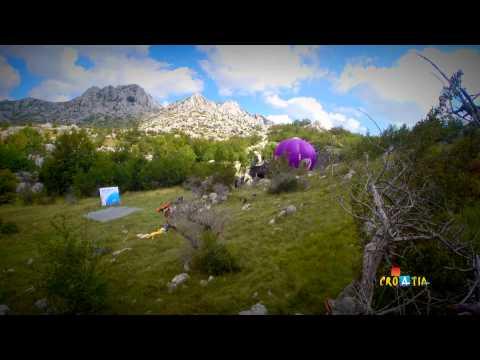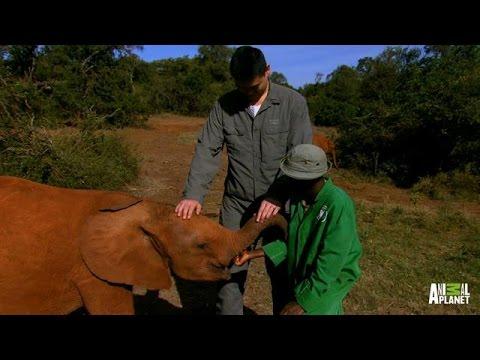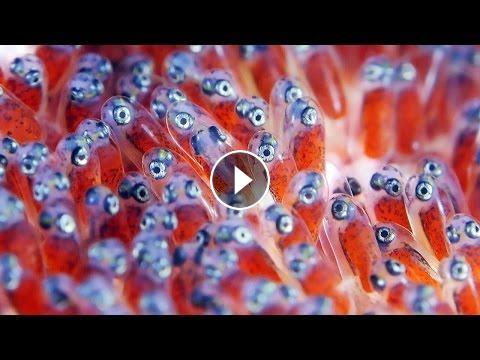Video Description:
A pair of saddleback clownfish (Amphiprion polymnus), also known as saddleback anemonefish, tend to their eggs at the dive site Bethlehem, between Caban Island and Marcaban Island near Anilao, Batangas, the Philippines. Clownfish eggs are laid in a roughly circular patch stuck securely to the reef next to or slightly under the host sea anemone. The female lays the eggs and the male fertilizes them afterwards. The parents continuously aerate the eggs with their mouths and fins to keep them oxygenated and clean as they grow. Any unhealthy eggs are picked off by the parents. The smaller male clownfish tends to do more of the work while the larger female parent defends the nest and her mate. The eggs hatch in 7 to 10 days. As they develop the eyes become relatively large compared to the body. These eggs are quite mature and the larval clownfish babies probably hatch from the nest that night. In the film Finding Nemo, the characters were intended to be a slightly different species: ocellaris clownfish, Amphiprion ocellaris, otherwise known as clown anemonefish. The sea anemone in this footage is a Haddon's carpet anemone, Stichodactyla haddoni. I shot this footage at Anilao in the Philippines while diving with Crystal Blue Resort (http://www.divecbr.com) on their annual Critterfest workshop. Anilao is famous for its small marine life and the opportunities for underwater macro photography and videography. The video was shot by Nick Hope with a Panasonic GH4 in a Nauticam NA-GH4 housing. I used an Olympus M.Zuiko ED 12-50mm f3.5-6.3 EZ lens. bubblevision.com
- Category
- Older Videos

Be the first to comment












